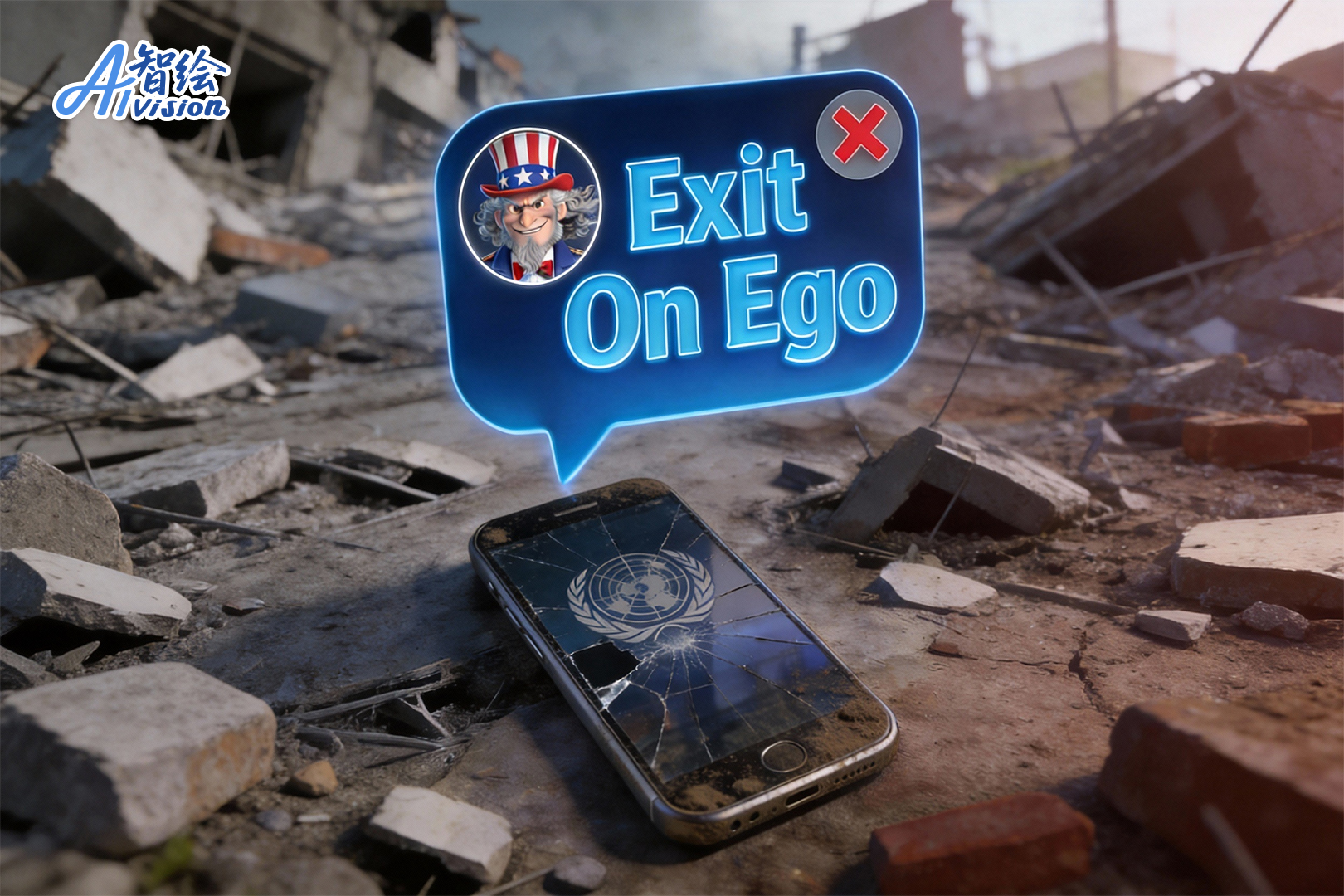Residents' lives made easier during pandemic






"With a large rural population, the problems the elderly have with using smartphones are more apparent. The inspiration for the new cards came from mobile payments, where a seller scans a code in the buyer's phone."
There are 49 villages and seven communities Meilisi Daur, a suburban area about 20 kilometers from downtown Qiqihar.
Zhao Guochen, head of Qianping village in the district, said: "We have some 1,200 residents in the village and more than 200 of them are more than 60 years old. Most of them have now received their cards.
"Previously, they sometimes experienced problems such as forgetting to carry their ID cards when they took nucleic acid tests, or they lost such cards. The new cards help them avoid such difficulties."
In late January, the district government began researching and promoting reverse scanning with technical support from a China Mobile branch.
With epidemic prevention data provided by local public security departments, the QR code cards are designed for use by students and also the elderly and others who find it difficult to use a smartphone.
"To provide a better user experience, we launched a trial operation in one community in early March, during which we upgraded and solved several imperfections and problems experienced by users," Zhuang said.
According to the national census last year, there are some 264 million people age 60 or older in China, accounting for 18.7 percent of the population.
Zhuang said: "We also printed the telephone numbers of seniors' closest relatives, which can be useful in emergencies. We plan to popularize the cards among all residents who are 60 or older and for students from kindergarten to senior high school."
The 16,000 cards sent to residents cover 7,200 people who are 60 or older, 7,900 students from primary to senior high school, and 825 children in kindergarten.
After receiving her personalized QR code on April 8, Lan Xige, an 8-year-old primary school pupil, visited a stationery store in her residential community for the first time on her own.




















